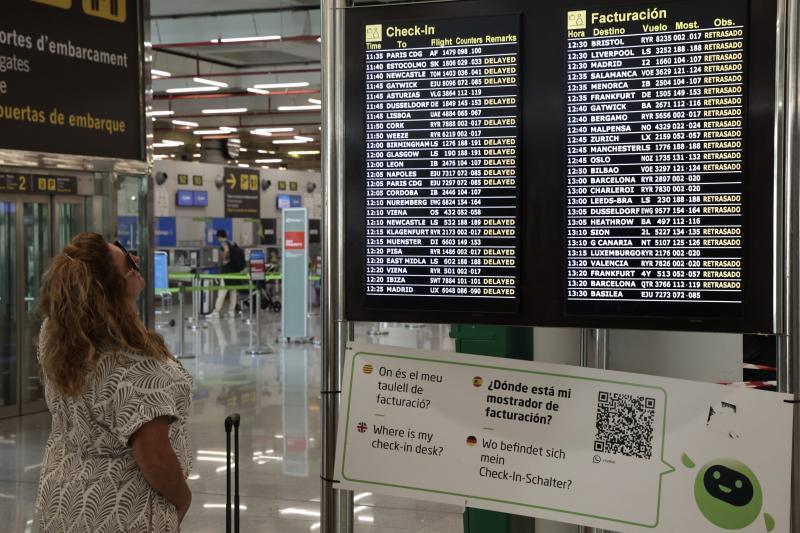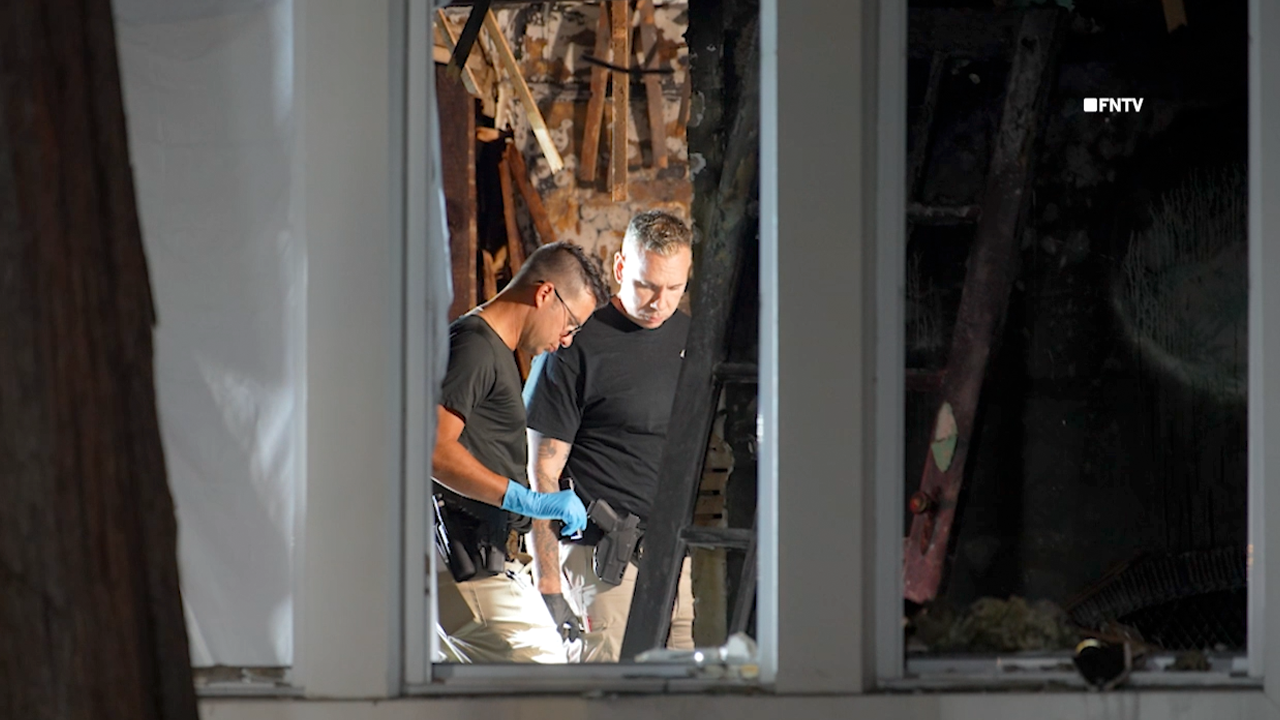By Humphrey Carter
Copyright majorcadailybulletin

On the one hand it is good news, on the other it is not. The planned strike by French air traffic controllers for September 18-19 of this week, which threatened to throw air traffic from the UK through French airspace to destinations like Spain and the Balearics into chaos, has been postponed. Good news.
The bad news, however, is that industrial action will take place next month and will be for a longer period, thus causing even more problems. The strike has now been called for Tuesday 7 October to Friday 10 October. The SNCTA, representing about 60% of French air traffic controllers, has criticised “punitive practices” and “degrading management methods,” stressing that the strike will still go ahead and was a last resort after years of stalled negotiations.
Air traffic controllers at all major French airports, including Paris Charles-de-Gaulle, have been urged to participate. Even if other unions such as UNSA-ICNA and USAC-CGT do not join, significant disruption is expected across France’s airspace, which handles key European flight routes linking the UK, Spain, Italy, and beyond.
As planned, the DGAC will release detailed flight cancellation and delay information 48 hours before the strike. Passengers are advised to stay in contact with airlines, check schedules frequently, and prepare for possible long delays or cancellations. During the last wave of strikes in early July, more than one million passengers were impacted across Europe, with thousands of flights canceled. Ryanair estimated losses exceeded €100 million, blaming poor management for the chaos.
And the October strike could not have been called at a worse time. It comes on the eve of the launch of the new Entry/Exit System (EES) – October 12 for Spain and key airports like Mallorca’s Son San Joan in Palma. That said, unless the airport authority gets its finger out and starts resolving the passport control system, the launch could be a total disaster leading to long queues and confusion.
This modern border control setup will swap the familiar passport stamp for an all-digital log that collects fingerprints and facial pictures. And in theory, the EES is designed to make crossing the border easier, boost security, and verify that all visitors stick to the Schengen rules. In the first months after launch, travellers can expect to spend a bit more time at border checks, but the system is expected to speed things up and make those crossings much smoother in the long run.



